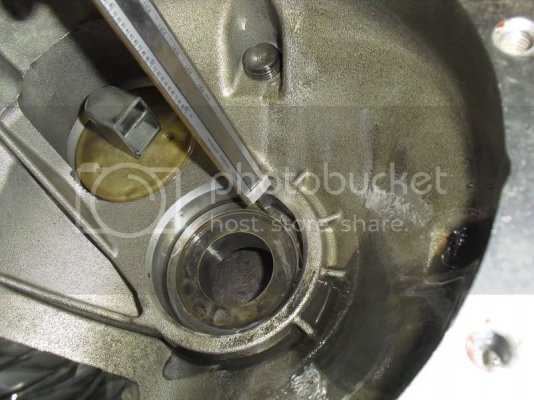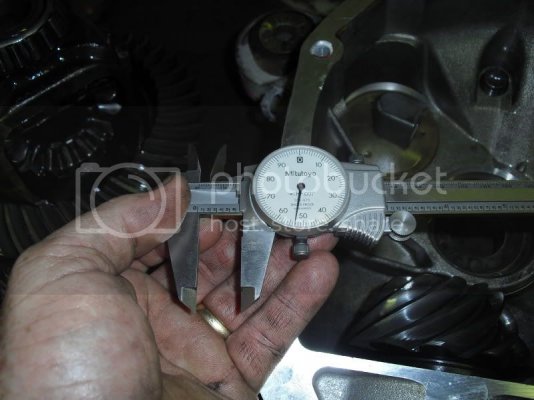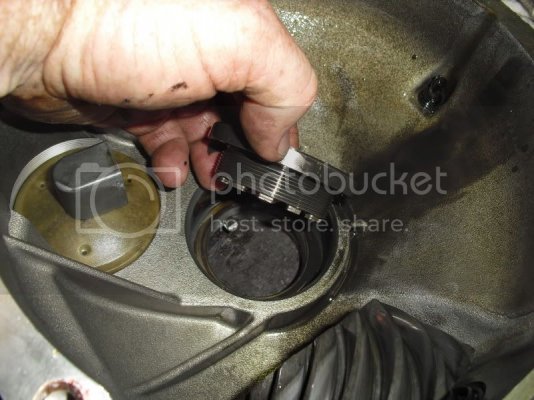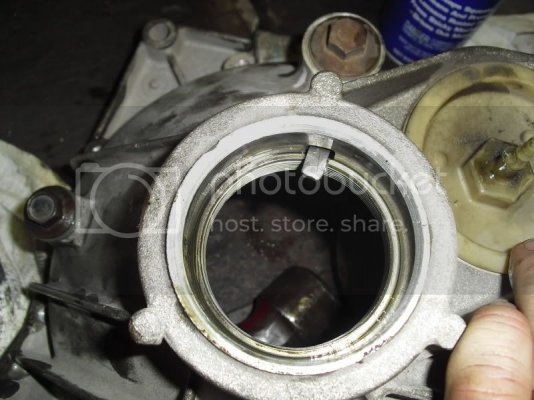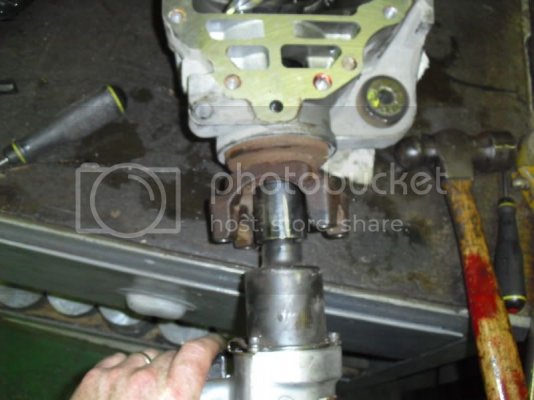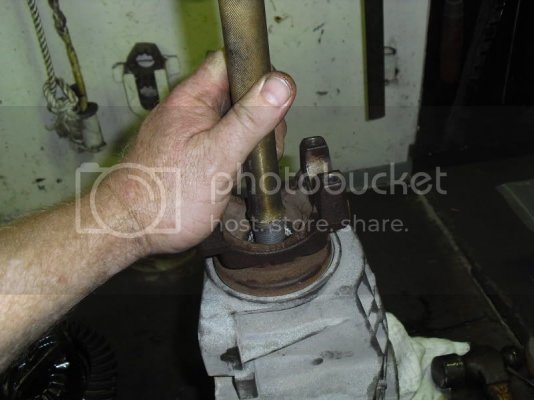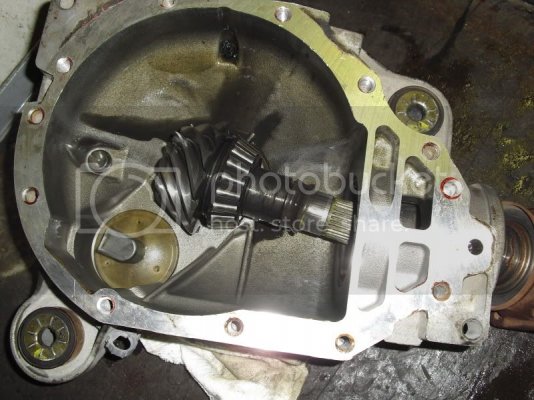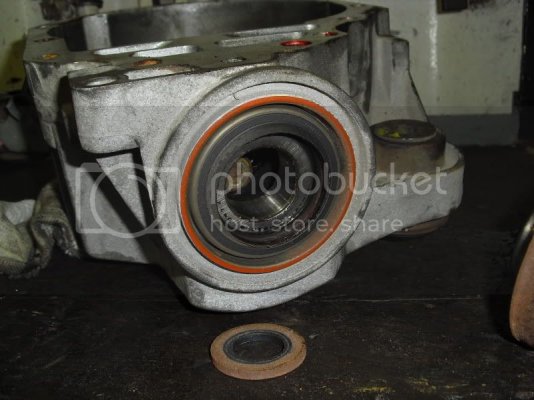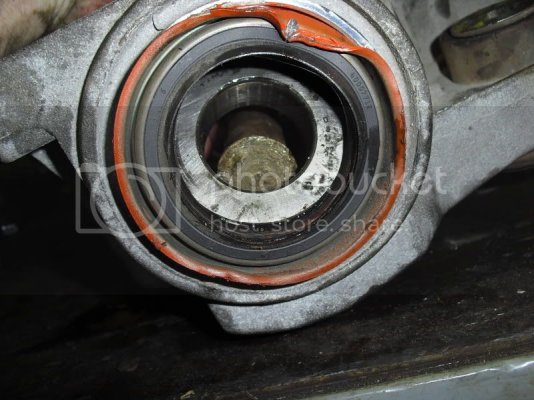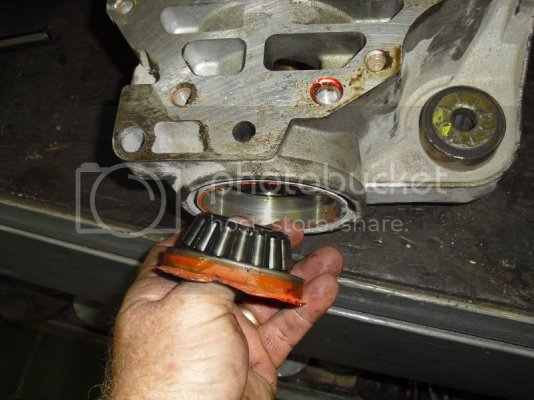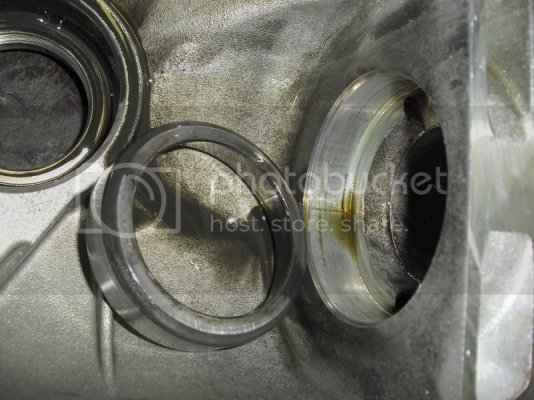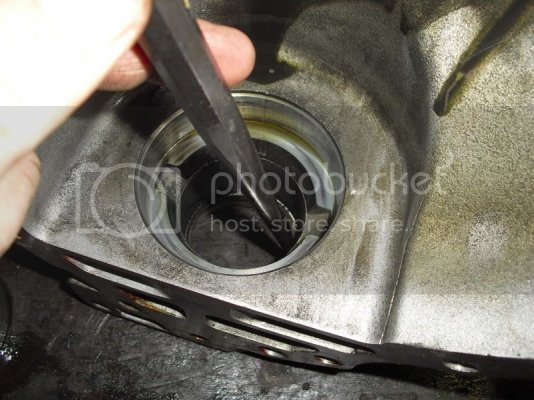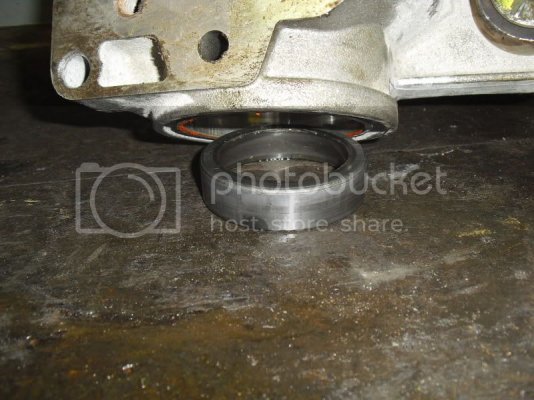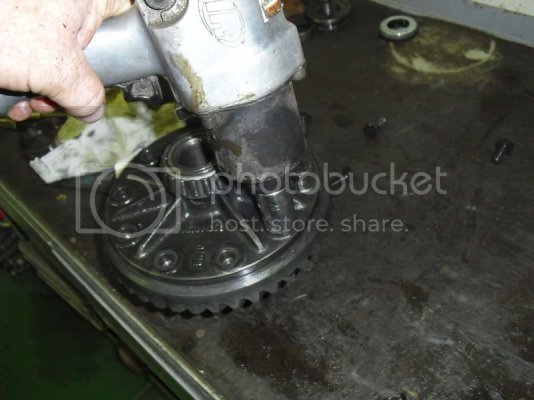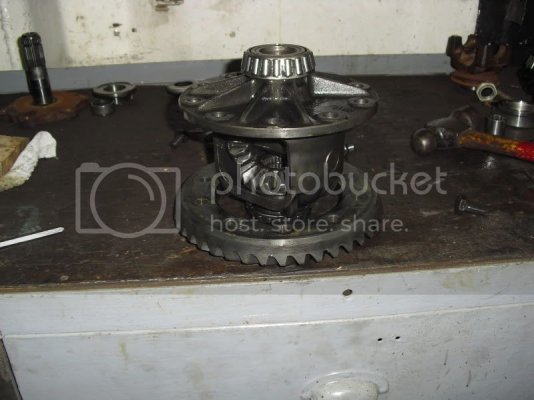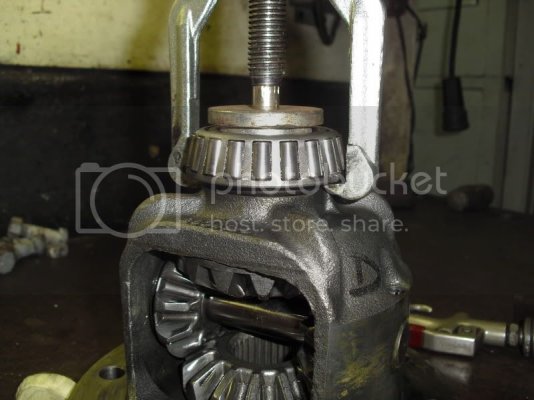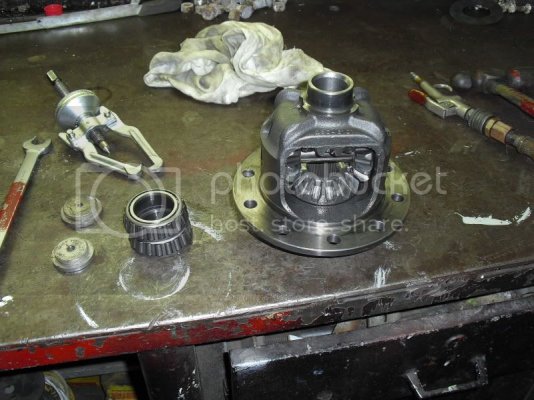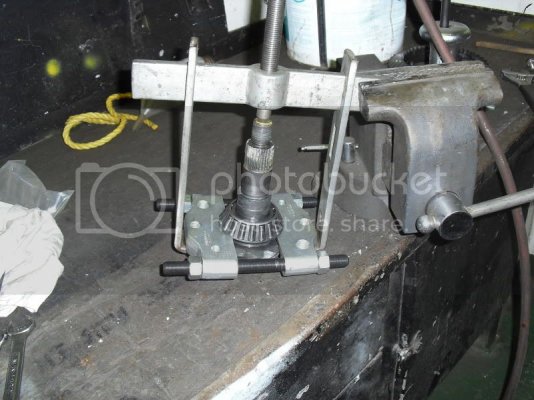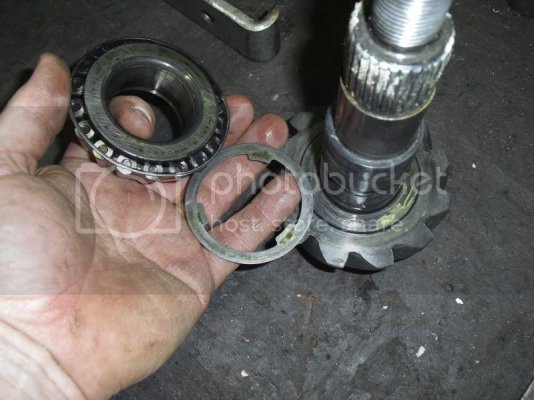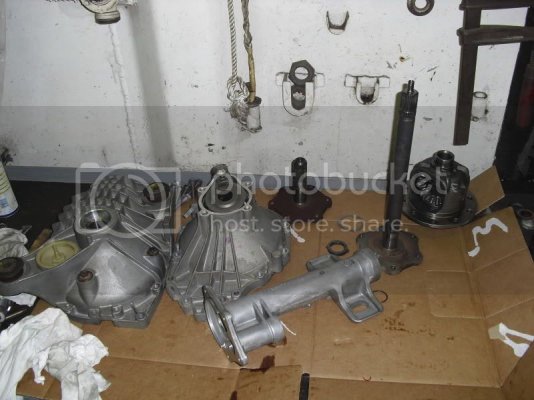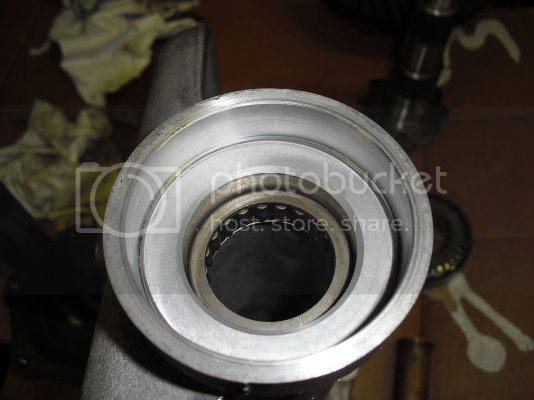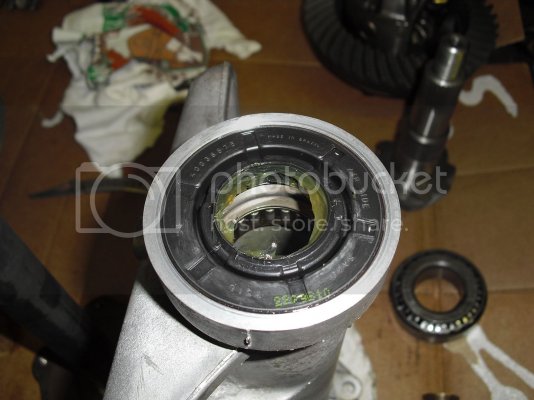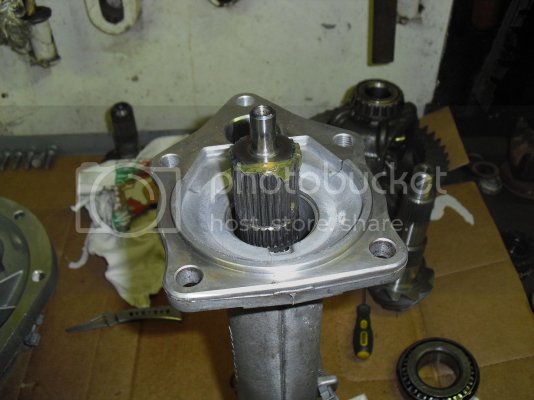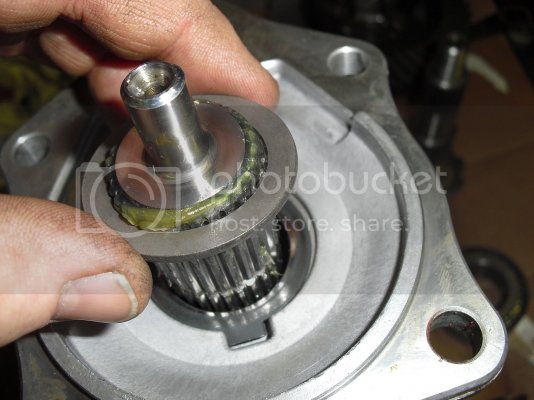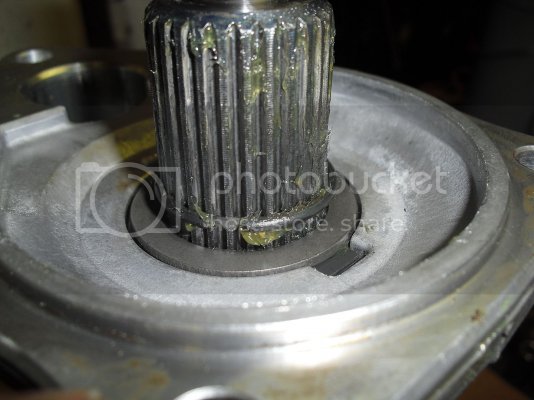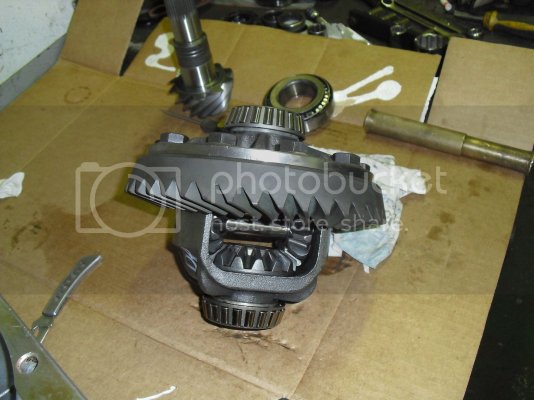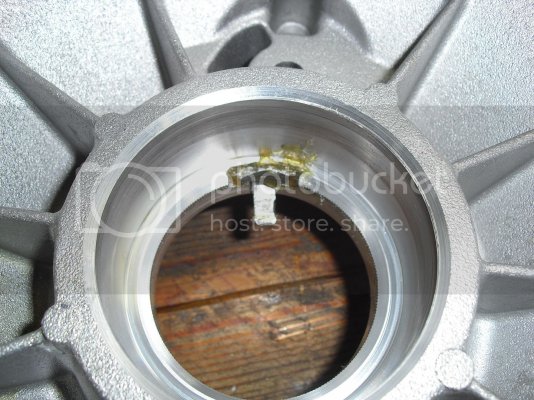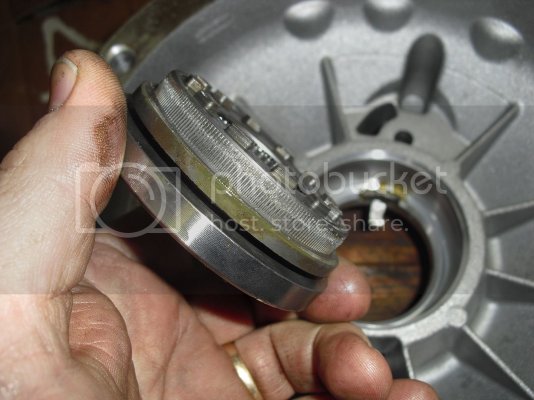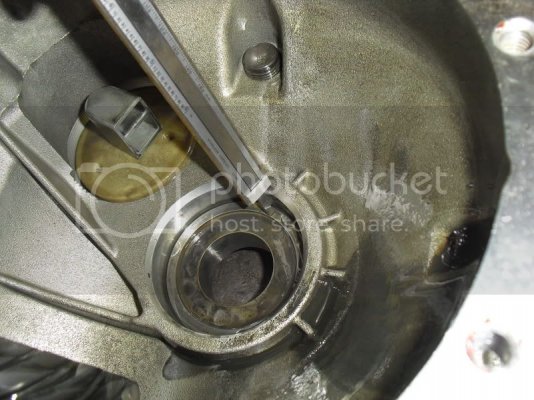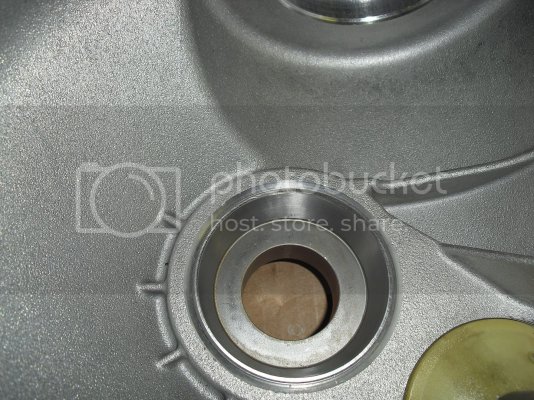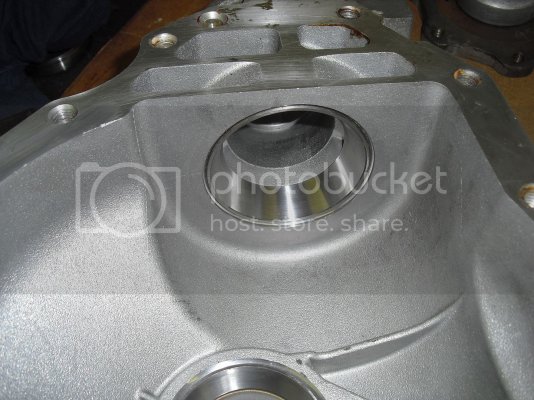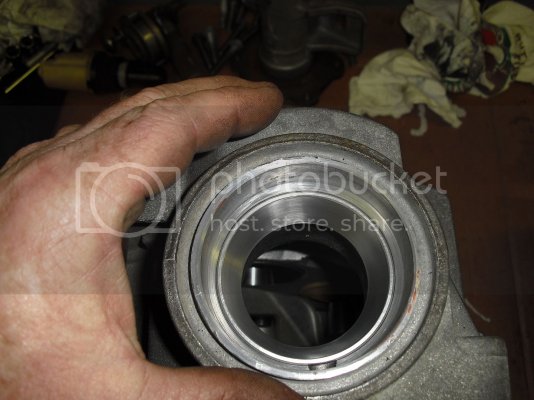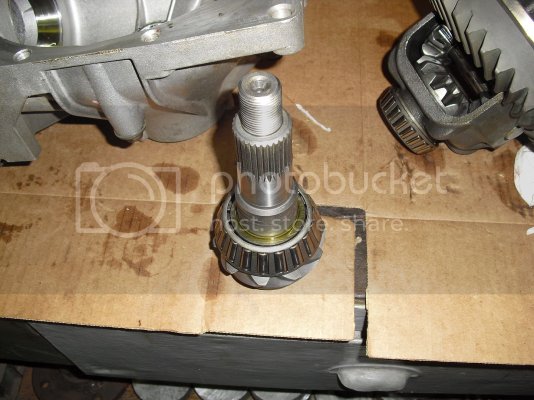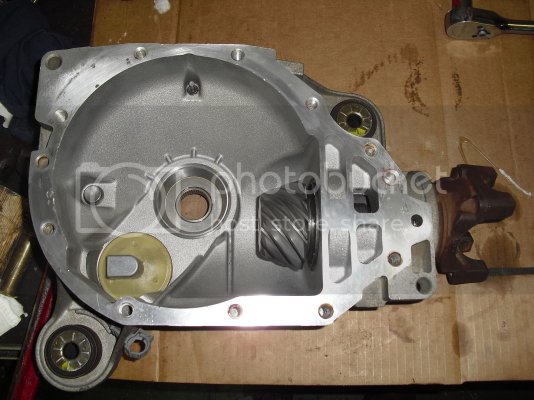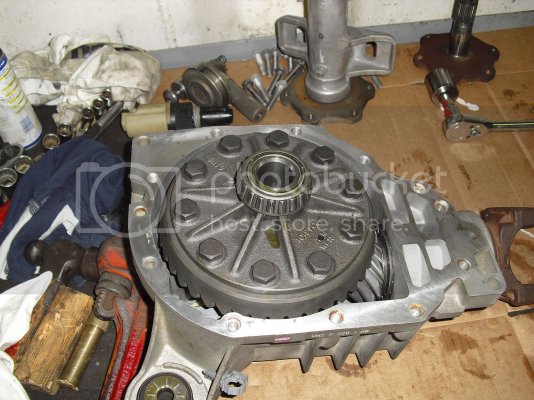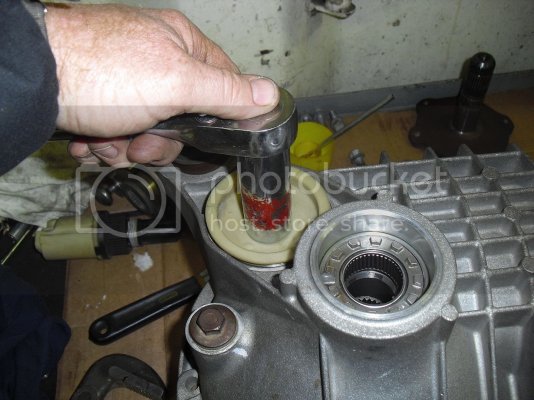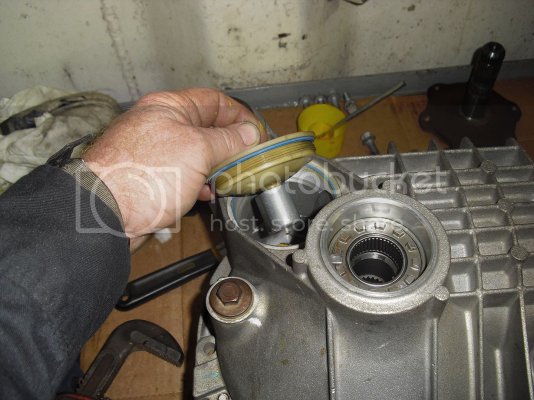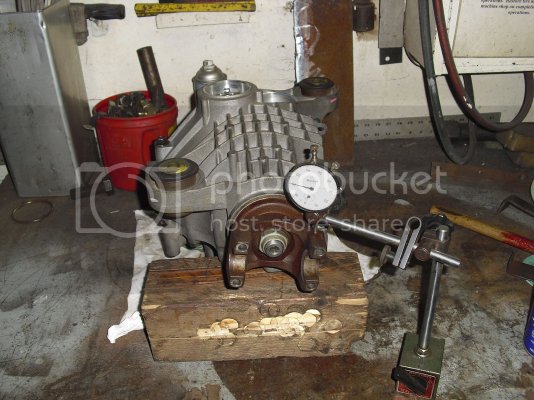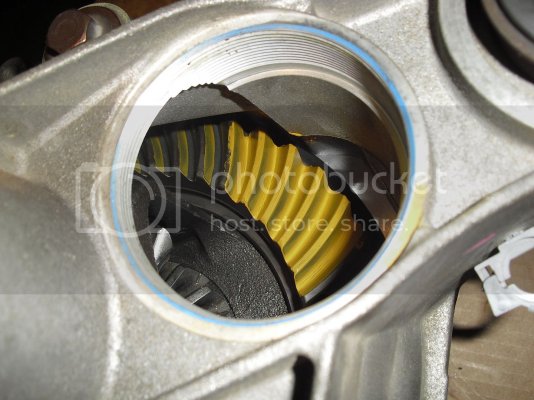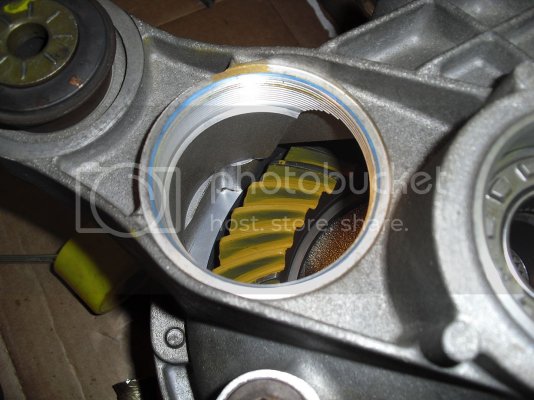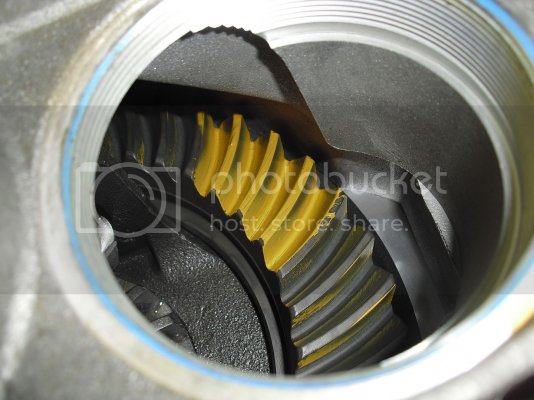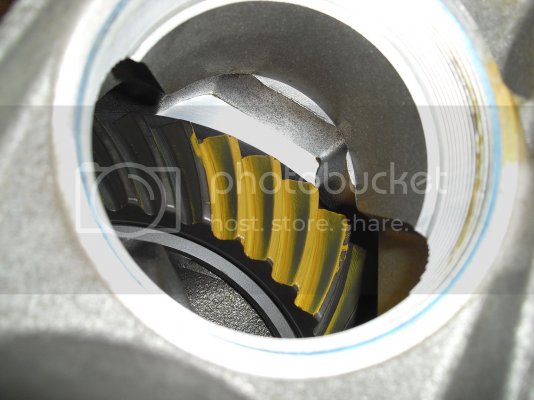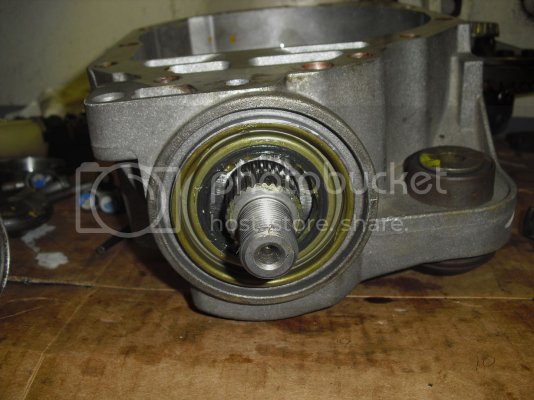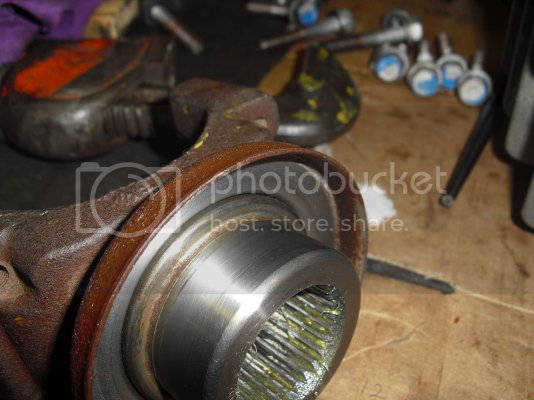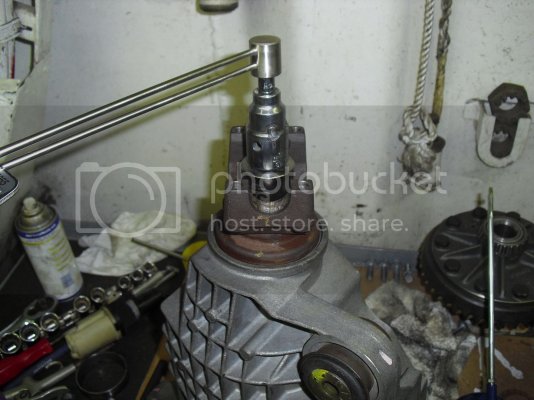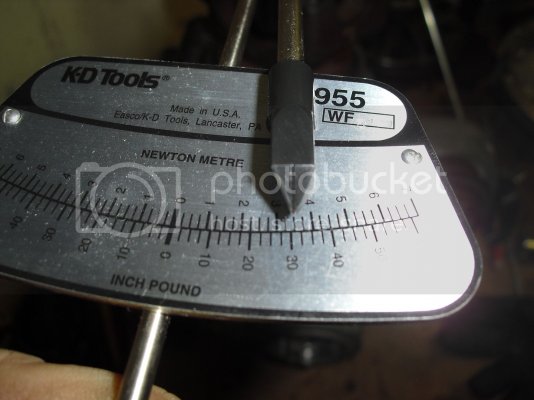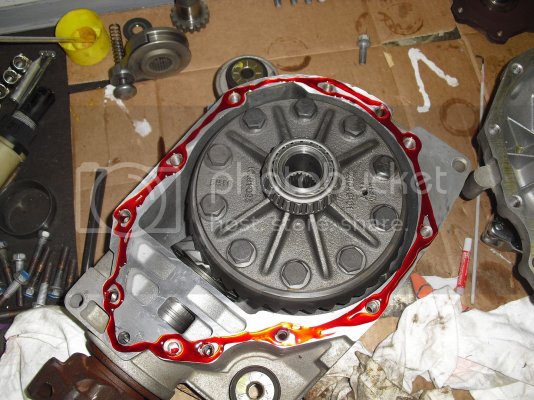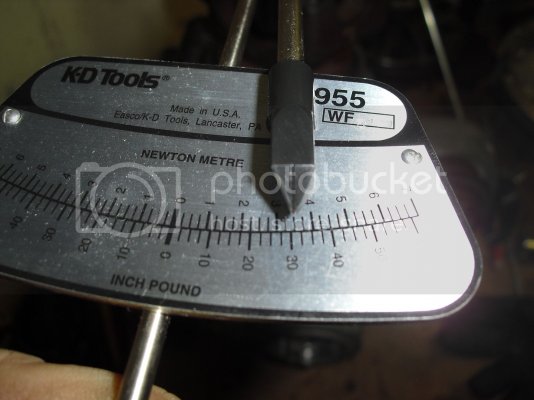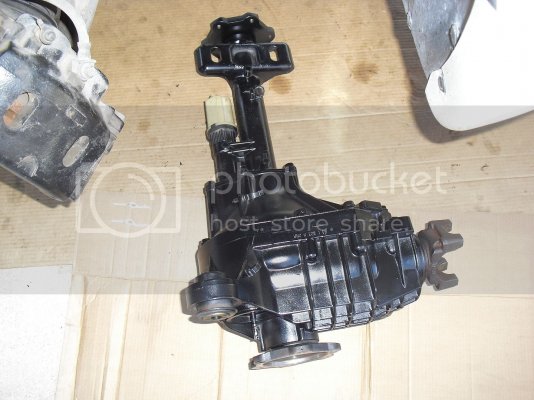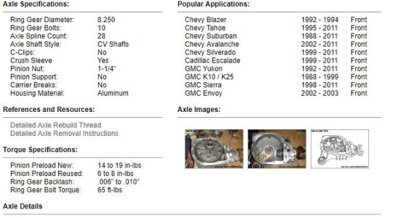ivin74
05 NBS Nali
While searching how to rebuild the front diff on my Yukon I ran into this thread that I think should be a stick on this site. Its a very detail DIY, the only thing that I would add to this DIY is to replace the side gear washers and the spider gear washers on the carrier since you are already there.
I copied and paste this DIY from the other site so don't give me any credit for this write up.
http://www.truckmodcentral.com/forums/f168/rebuilding-gm-8-25-ifs-differential-**56k-beware-pic-heavy**-13813/
Rebuilding A GM 8.25 IFS Differential **56K Beware! Pic Heavy**
I am going to try to cover the basics on rebuilding the front differential in a GM truck with the 8.25" IFS differential. I am doing a gear change but also a full rebuild while I have it apart.
Parts you'll need: Ring & Pinion Gear set, Master Install Kit, lock tabs (2)- (GM PN - 15588312)
Make sure to download the pdf attachment at the bottom of this post, it contains all torque specs you'll need and a few notes that I have found while doing this myself.
Tools needed: General hand tools, bearing pullers, slide hammer, shop press, dial indicator with magnetic base, inch pound bar type torque wrench, special spanner wrench: http://www.yukongear.com/ProductDeta...px?ProdID=5227
To start off place your diff over a 5 gallon bucket and drain the gear oil from it.
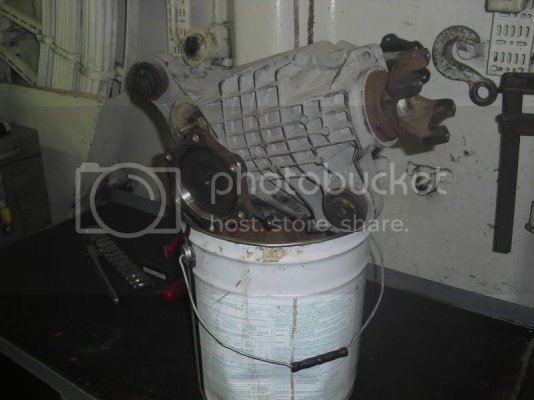
Now place the diff up on a work bench, or the floor if it won't fit on your bench. Stand the diff up with the short shaft down and remove the bolts around the case.
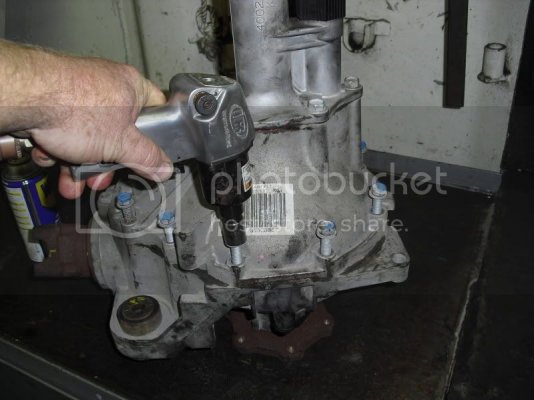
Remove the electric motor actuator by unscrewing then set aside.
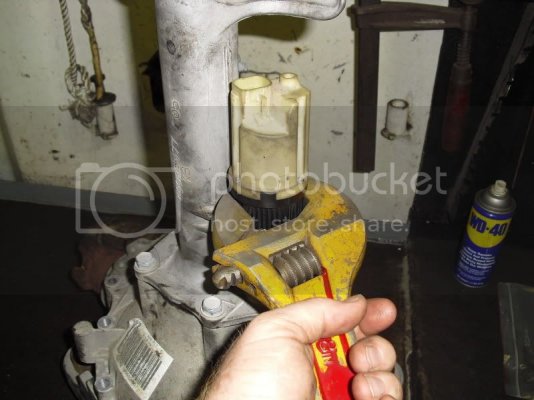
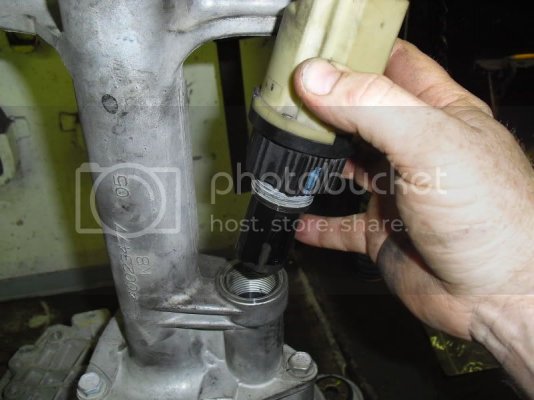
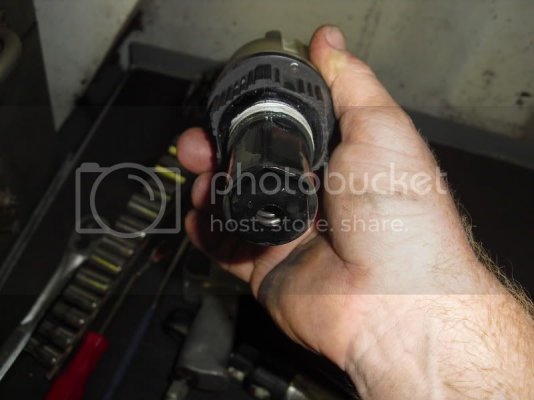
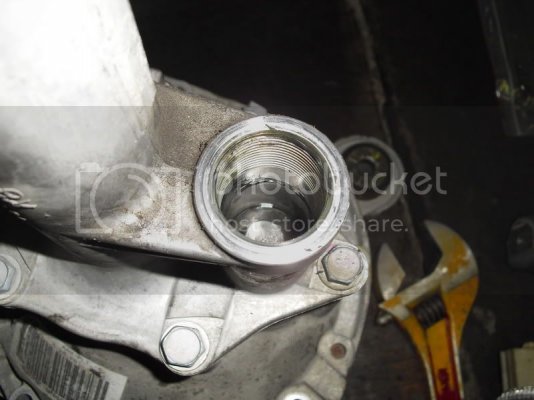
Now lay the diff over on it's side and place a slide hammer on the axle flange. Give it a few good wraps and the casing should split apart.
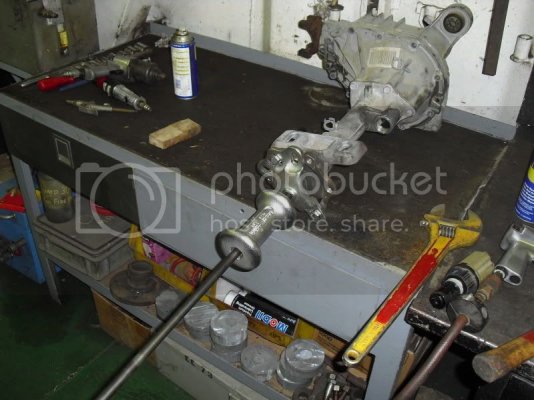
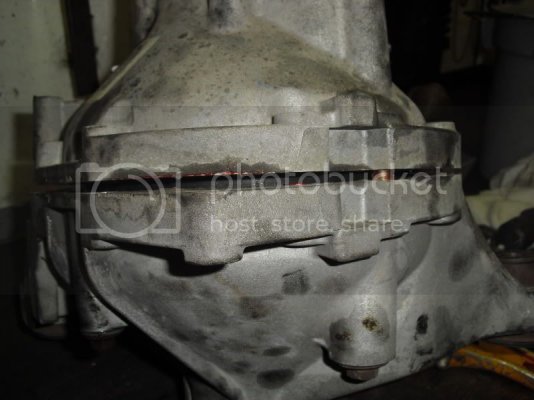
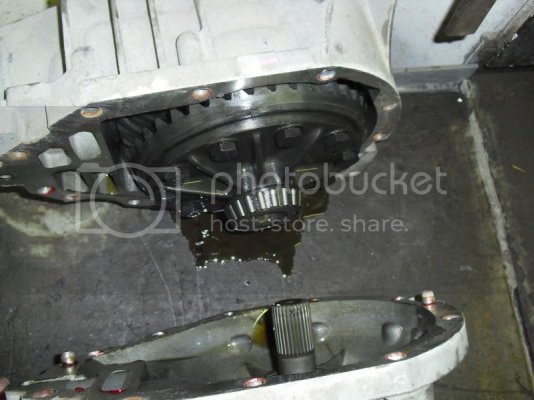
With the case split in two, flip the section over with the short shaft pointing up. Lift the case up and the carrier may fall out. If not, which was my case, use your slide hammer on the axle flange and give it a few tugs up. This should lift the case free of the carrier.
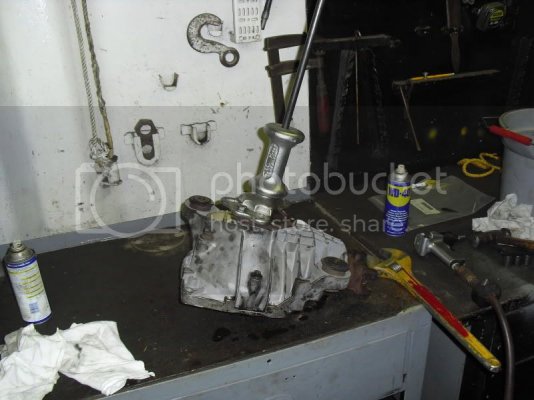
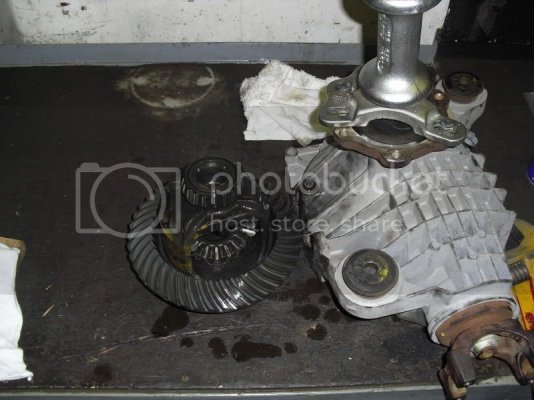
Flip the case over and using the handle of a ball pein hammer tap the stub axle out of the housing.
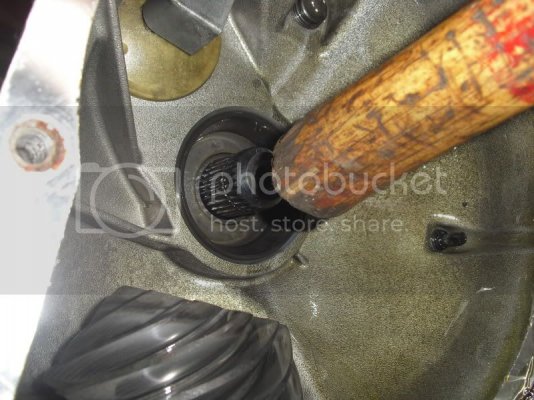
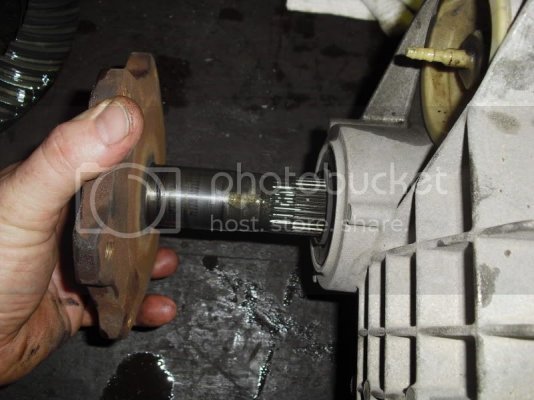
The stub axle was held into the carrier by a small circlip, look down in the spline area of the carrier and you should see it in a groove.
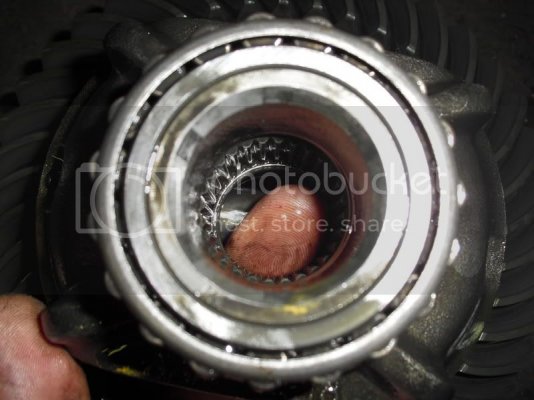
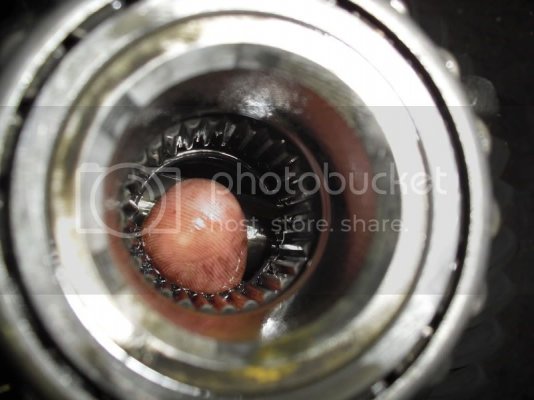
Using a long punch knock the stub axle seal out.
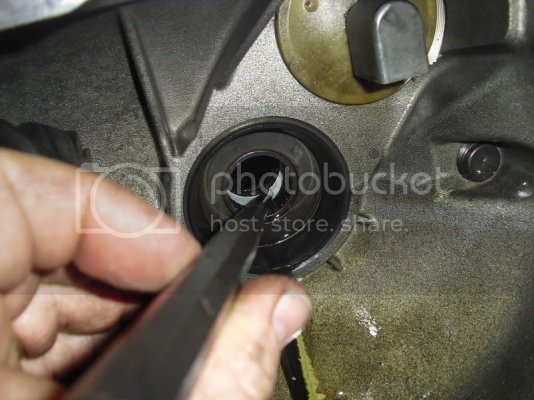
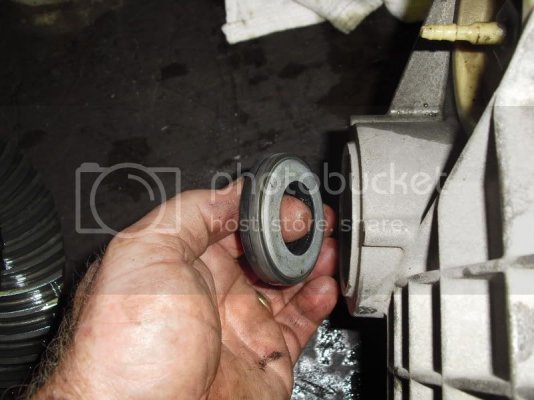
This will give you access to the stub axle bearing, lock tab, adjuster and carrier bearing. Using a screwdriver or chisel pry the lock tab up enough to be free.
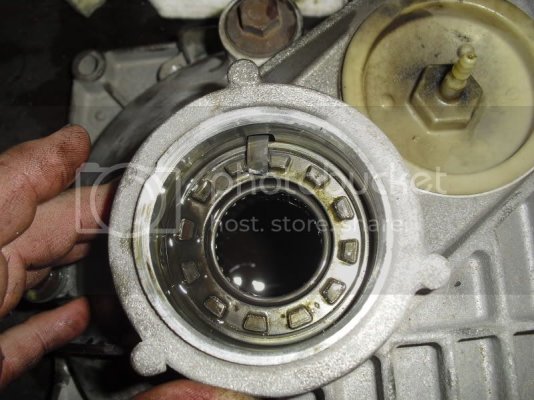
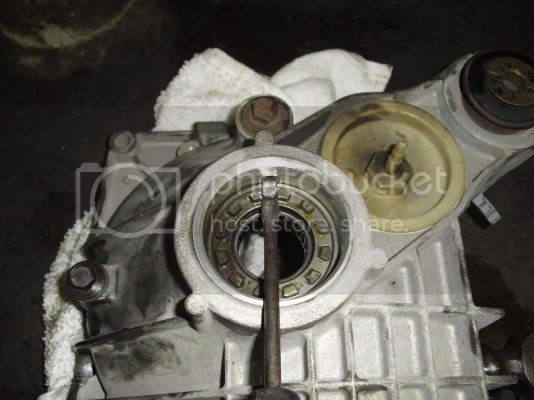
Flip the case over and drive out the axle bearing with a punch.
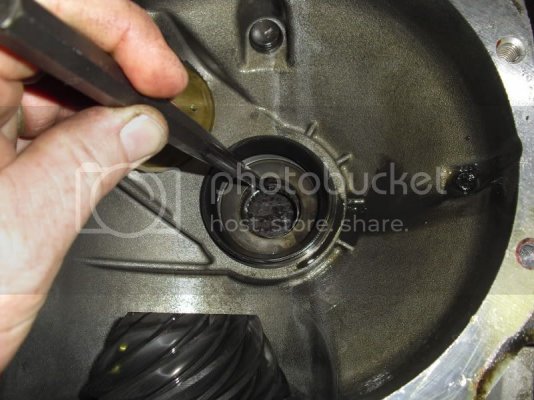
I copied and paste this DIY from the other site so don't give me any credit for this write up.
http://www.truckmodcentral.com/forums/f168/rebuilding-gm-8-25-ifs-differential-**56k-beware-pic-heavy**-13813/
Rebuilding A GM 8.25 IFS Differential **56K Beware! Pic Heavy**
I am going to try to cover the basics on rebuilding the front differential in a GM truck with the 8.25" IFS differential. I am doing a gear change but also a full rebuild while I have it apart.
Parts you'll need: Ring & Pinion Gear set, Master Install Kit, lock tabs (2)- (GM PN - 15588312)
Make sure to download the pdf attachment at the bottom of this post, it contains all torque specs you'll need and a few notes that I have found while doing this myself.
Tools needed: General hand tools, bearing pullers, slide hammer, shop press, dial indicator with magnetic base, inch pound bar type torque wrench, special spanner wrench: http://www.yukongear.com/ProductDeta...px?ProdID=5227
To start off place your diff over a 5 gallon bucket and drain the gear oil from it.

Now place the diff up on a work bench, or the floor if it won't fit on your bench. Stand the diff up with the short shaft down and remove the bolts around the case.

Remove the electric motor actuator by unscrewing then set aside.




Now lay the diff over on it's side and place a slide hammer on the axle flange. Give it a few good wraps and the casing should split apart.



With the case split in two, flip the section over with the short shaft pointing up. Lift the case up and the carrier may fall out. If not, which was my case, use your slide hammer on the axle flange and give it a few tugs up. This should lift the case free of the carrier.


Flip the case over and using the handle of a ball pein hammer tap the stub axle out of the housing.


The stub axle was held into the carrier by a small circlip, look down in the spline area of the carrier and you should see it in a groove.


Using a long punch knock the stub axle seal out.


This will give you access to the stub axle bearing, lock tab, adjuster and carrier bearing. Using a screwdriver or chisel pry the lock tab up enough to be free.


Flip the case over and drive out the axle bearing with a punch.

Last edited:

